1. Introduction to Cage Free Egg Grading
As the demand for ethically produced eggs grows, cage free egg production has become a prominent segment in the poultry industry worldwide. Alongside this, the need for efficient, precise, and gentle Cage Free Egg Grading systems has increased. Egg grading is the process of sorting eggs based on quality parameters such as size, weight, shell condition, and internal quality.
Cage free egg grading systems are specifically designed to handle the unique challenges of eggs produced in cage free environments. Since cage free hens lay eggs in nests or on the floor, eggs may vary in cleanliness, shape, and quality compared to caged eggs, necessitating specialized grading solutions.
This article dives into the technical specifications, key features, advantages, applications, operating instructions, maintenance tips, troubleshooting advice, and frequently asked questions about cage free egg grading systems, offering a comprehensive resource for poultry farmers, processors, and industry professionals.
2. Technical Parameters of Cage Free Egg Grading Systems
Egg grading systems used in cage free operations are engineered to deliver high accuracy, gentle handling, and high throughput.
2.1 Grading Capacity
Capacity ranges typically from 10,000 to 50,000 eggs per hour depending on system sophistication.
Suitable for small, medium, and large-scale cage free farms.
2.2 Grading Criteria
Size: Graded by egg length and width into standard classes (small, medium, large, extra-large).
Weight: Precision scales measure egg weight with accuracy ±0.1 grams.
Shell Quality: Optical sensors detect cracks, deformities, and discolorations.
Internal Quality: Some advanced systems include candling for detecting internal defects or blood spots.
2.3 System Components
Conveyor Belts: Made of food-grade materials with cushioned supports for gentle egg transport.
Optical Sensors: High-resolution cameras and laser sensors for shell inspection.
Weight Sensors: Digital load cells integrated into the conveyor.
Candling Stations: LED or fluorescent light sources for internal egg inspection.
Control Panel: Touchscreen interface for monitoring and parameter adjustment.
Sorting Gates: Mechanical or pneumatic actuators that direct eggs into appropriate bins or trays.
2.4 Power Requirements
Power consumption ranges from 5 kW to 20 kW depending on model and features.
Voltage specifications typically 220V/380V, three-phase supply.
2.5 Dimensions and Footprint
3. Key Features of Cage Free Egg Grading Systems
3.1 Gentle Handling Technology
Specialized conveyor belts and cushioning reduce egg breakage during the grading process, crucial for fragile cage free eggs.
3.2 High Accuracy Grading
Precision sensors ensure consistent size and weight classification, improving packaging efficiency.
3.3 Integrated Quality Inspection
Advanced optical and candling systems identify shell cracks, stains, and internal defects, minimizing defective egg sales.
3.4 User-Friendly Interface
Touchscreen control panels with customizable settings for different egg classes and market requirements.
3.5 Modular Design
Systems can be scaled and customized based on production volume and facility size.
3.6 Hygiene and Food Safety Compliance
Constructed with stainless steel and easy-to-clean components to meet HACCP and food safety regulations.
4. Advantages of Cage Free Egg Grading Systems
4.1 Improved Product Quality
Accurate grading and defect detection ensure only premium eggs reach consumers.
4.2 Increased Operational Efficiency
Automated grading significantly reduces manual labor and speeds up processing.
4.3 Reduced Egg Losses
Gentle handling and defect rejection minimize broken eggs and waste.
4.4 Enhanced Traceability
Integration with data systems allows batch tracking and quality control reporting.
4.5 Compliance with Industry Standards
Facilitates meeting international quality and safety standards for eggs.
4.6 Flexibility and Scalability
Suitable for diverse farm sizes and adaptable to future production expansions.
5. Application Scenarios
5.1 Commercial Cage Free Layer Farms
On-site grading systems for timely egg sorting and packaging.
5.2 Egg Processing and Packing Plants
Centralized grading facilities handling eggs from multiple cage free farms.
5.3 Organic and Specialty Egg Producers
Custom grading parameters tailored for niche markets.
5.4 Small to Medium Scale Farms
Compact and semi-automatic systems for farms transitioning to cage free production.
5.5 Research and Quality Control
Used in labs for quality assurance and egg quality research.
6. Installation and Usage Instructions
6.1 Site Preparation
Ensure adequate space, ventilation, and electrical supply.
Maintain clean, dry environment to protect sensitive sensors.
6.2 Equipment Assembly
Follow manufacturer guidelines for conveyor setup, sensor calibration, and system integration.
Connect control panels and ensure proper grounding.
6.3 System Calibration
6.4 Operating Procedures
Load eggs carefully onto the conveyor to avoid initial damage.
Monitor sensor performance and system diagnostics regularly.
Adjust grading parameters for seasonal or flock variations.
6.5 Safety Protocols
7. Maintenance Guidelines
7.1 Daily Tasks
Clean conveyor belts, sensors, and candling stations with food-safe disinfectants.
Inspect for loose parts or signs of wear.
7.2 Weekly Tasks
7.3 Monthly Tasks
7.4 Annual Tasks
Comprehensive system inspection by qualified technicians.
Replace worn belts, rollers, or electronic components.
8. Troubleshooting Common Issues
Issue 1: Grading Inaccuracy
Issue 2: Increased Egg Breakage
Issue 3: System Downtime
Cause: Electrical faults or software errors.
Solution: Reset system, check wiring, update software.
Issue 4: Faulty Sorting Gates
Cause: Mechanical jams or pneumatic failures.
Solution: Clear jams, inspect actuators, replace defective parts.
Issue 5: Sensor Failure
9. Frequently Asked Questions (FAQ)
Q1: How is cage free egg grading different from conventional egg grading?
Cage free eggs often have more variability in shell cleanliness and quality, requiring gentler handling and more sophisticated inspection.
Q2: What is the ideal grading capacity for cage free farms?
Depends on farm size; ranges from 10,000 to over 50,000 eggs per hour.
Q3: Can grading systems detect internal egg defects?
Advanced systems include candling or ultrasound for internal quality checks.
Q4: How often should egg grading machines be serviced?
Daily cleaning and regular maintenance, with annual professional servicing.
Q5: What materials are used in grading equipment?
Primarily stainless steel and food-grade plastics for hygiene and durability.
Q6: How to reduce egg breakage during grading?
Use cushioned conveyors, control conveyor speed, and maintain equipment.
Q7: Are grading systems customizable?
Yes, settings can be adjusted for size classes and quality standards.
Q8: How does grading improve marketability?
Accurate sorting ensures uniformity and higher consumer trust.
Q9: Can grading data be integrated into farm management software?
Most modern systems support data export and integration.
Q10: Is training required to operate grading machines?
Yes, operator training is crucial for safety and efficiency.
10. Conclusion
Cage Free Egg Grading systems are pivotal in delivering high-quality, safe, and market-ready eggs from cage free production environments. These systems combine gentle handling, precise sorting, and advanced inspection technologies to meet the unique challenges of cage free eggs.
By adopting modern grading solutions, poultry producers enhance operational efficiency, reduce losses, and align with evolving consumer demands and regulatory standards. Proper installation, routine maintenance, and skilled operation ensure the longevity and optimal performance of grading equipment.
Investing in robust cage free egg grading systems is a smart step toward sustainable, profitable, and responsible poultry farming.
Company Profile
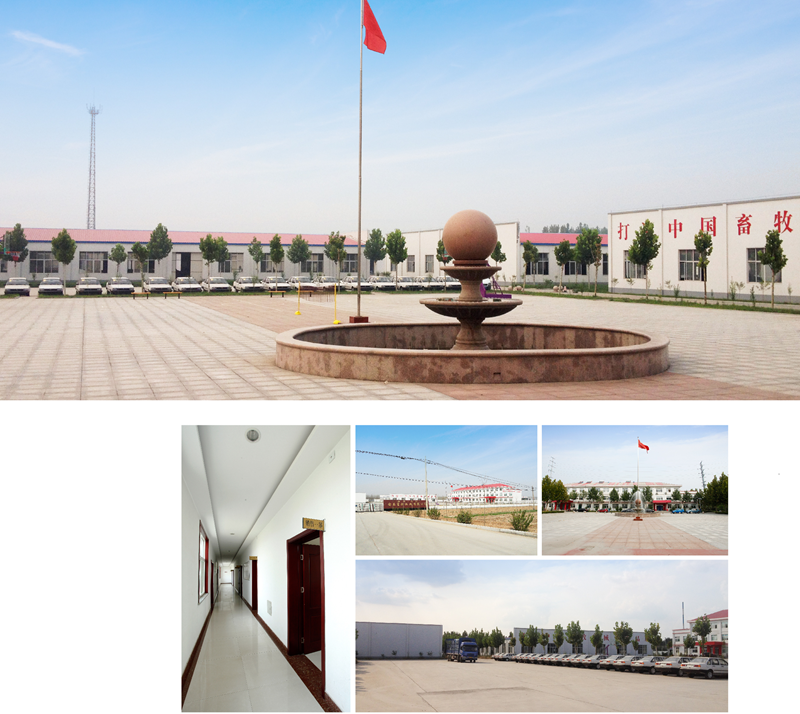
Shandong Huimin Qinle Livestock Machinery Co., Ltd. (formerly Shandong Huimin Qinle Livestock Machinery Factory) is a professional poultry equipment manufacturer with over 20 years of experience. We offer a comprehensive service package, from design (land and chicken coops), production (equipment and prefabricated steel coops), installation, commissioning, customer training, and after-sales service.
Located in Huimin County, Binzhou City, Shandong Province, China, the company has extensive experience in mechanical processing and manufacturing, as well as livestock machinery production and operation. With fixed assets of RMB 15 million, the company employs 160 people, including 30 R&D staff, and occupies a 40,000-square-meter factory. Equipped with over 110 pieces of advanced precision production equipment, including CNC machining centers and laser cutting machines, the company boasts a production capacity of RMB 50 million.
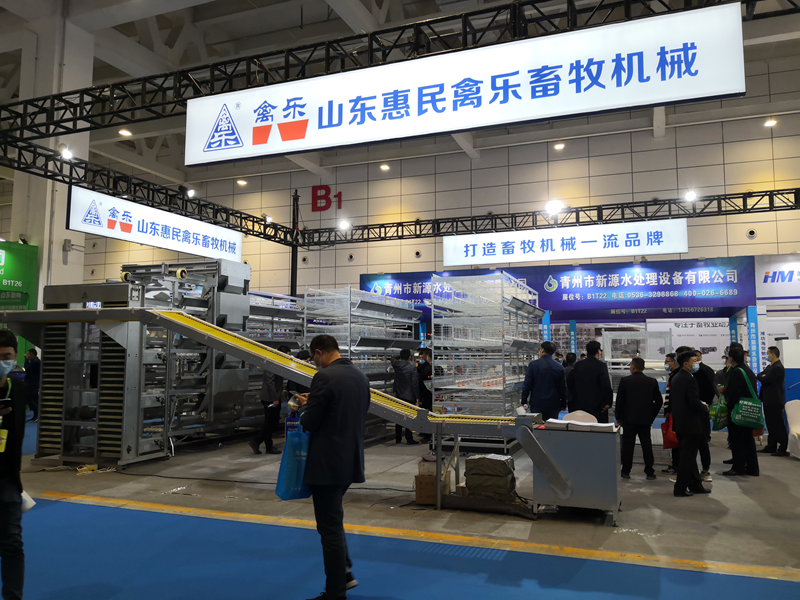


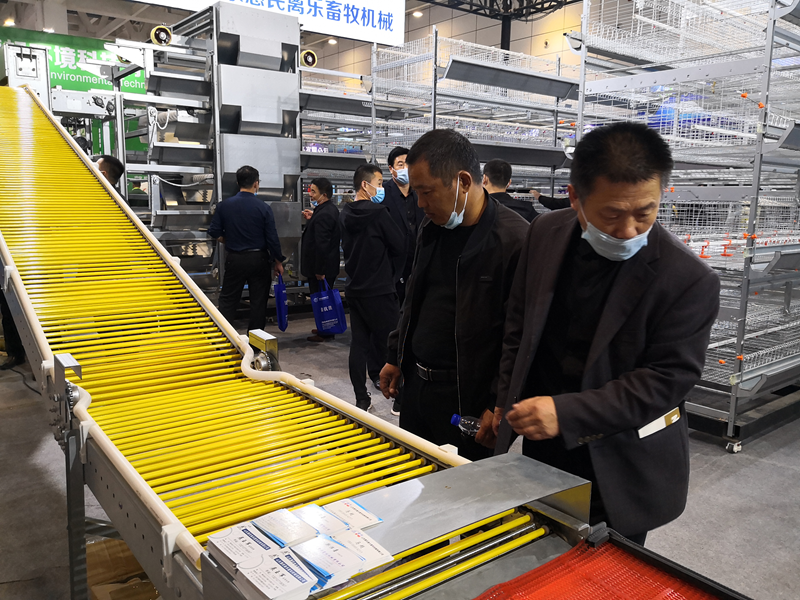
Chicken Farming Equipment Mesh Production Workshop

Machining Workshop

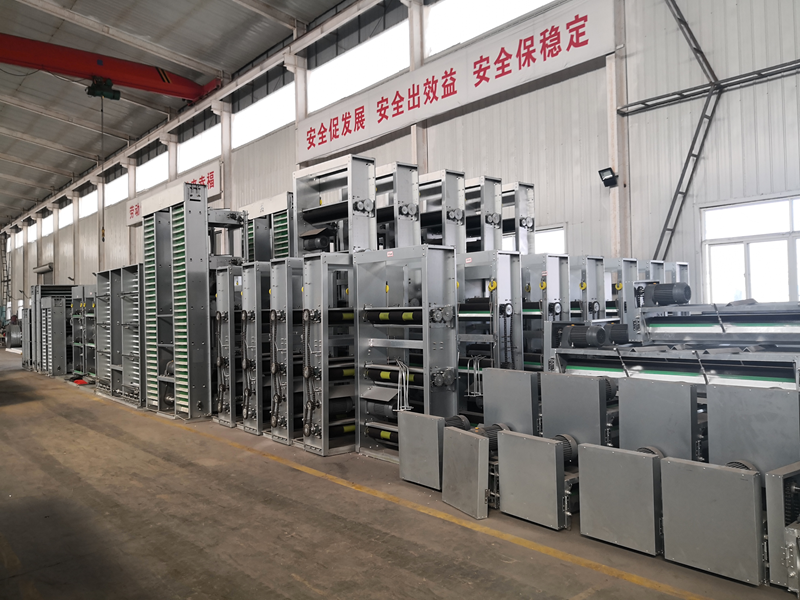
Turret-type CNC Punch Press, Laser Cutting and Other Machining Equipment



Fully Automated Roll Forming Production Line

Hot-dip Galvanizing Production Line

Electroplating Production Line

Environmental Protection Equipment

Chicken Farming Equipment Product Series
Egg-laying Hen Farming Equipment
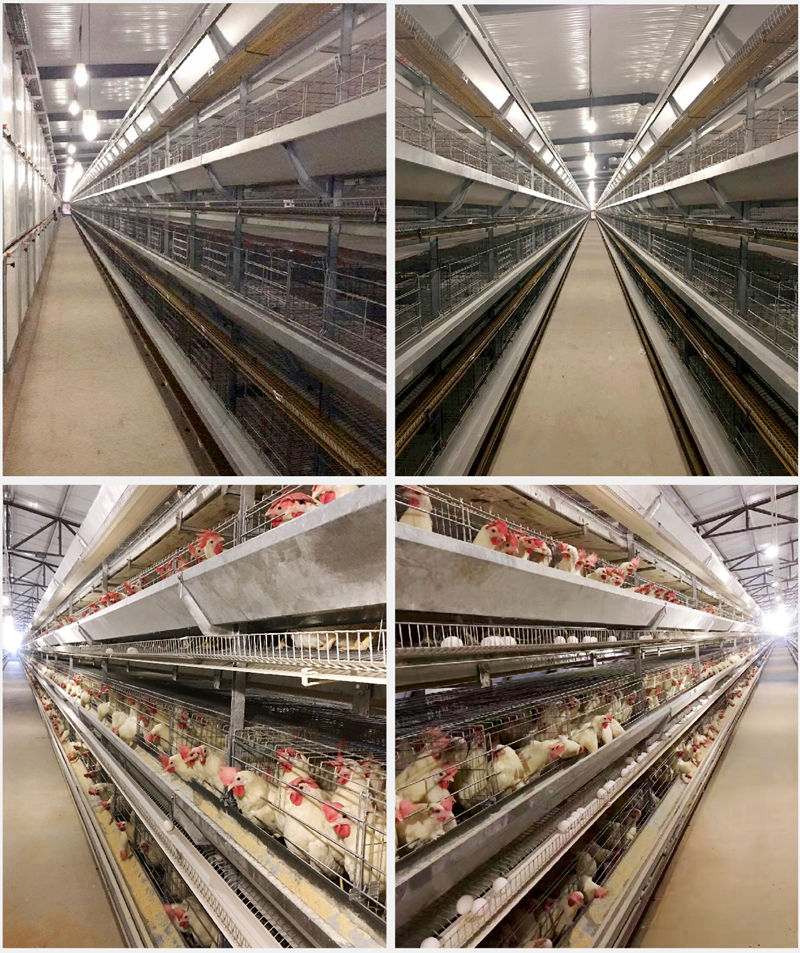
Stacked Brooding Cage Equipment

Stacked Broiler Cage Equipment
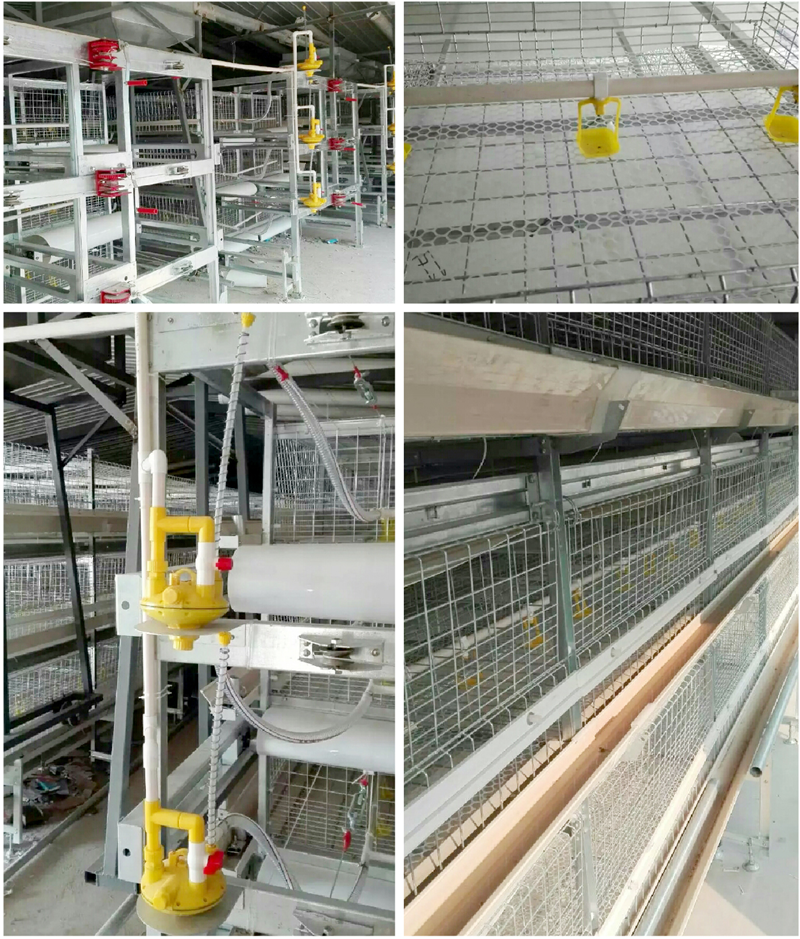
Stepped Layer Hen Cage Rearing Equipment
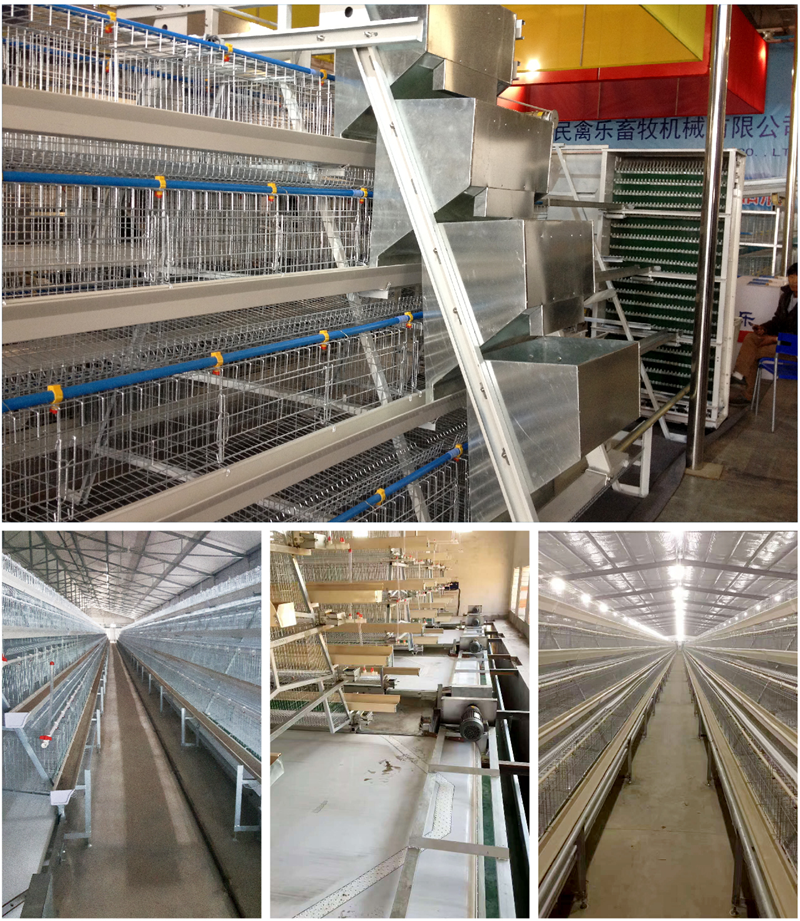
Automatic Egg Collection System

H-type Cage Feeding Machine
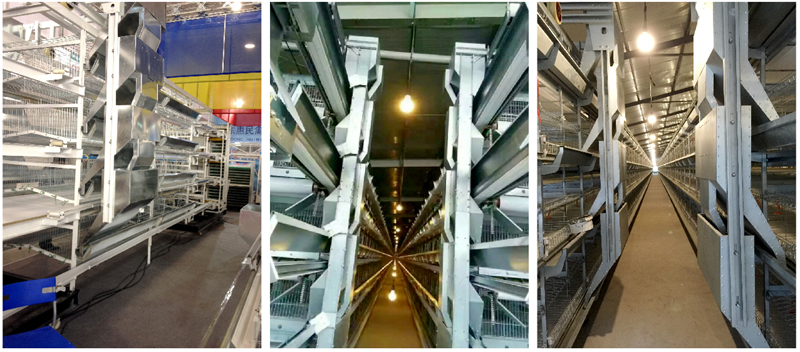
Stepped Cage Straddle Feeder
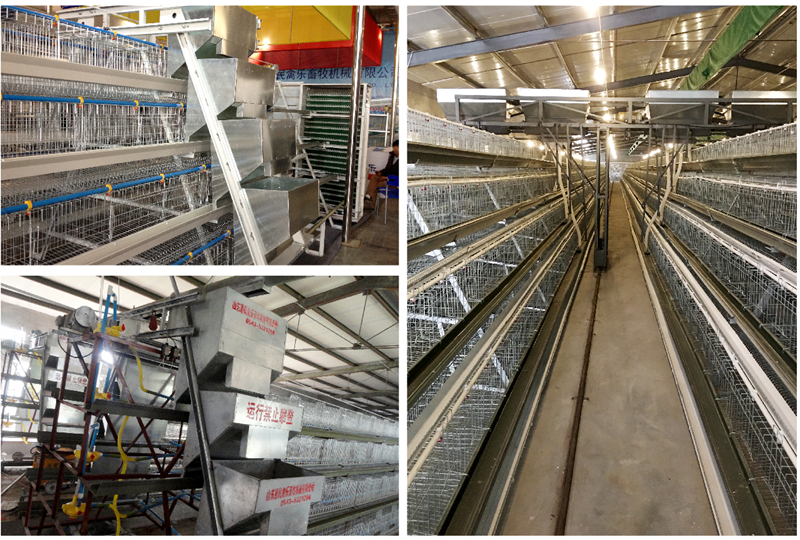
Manure Removal Machine

Fans, Heated Curtains, Environmental Control Systems, and Lighting Equipment
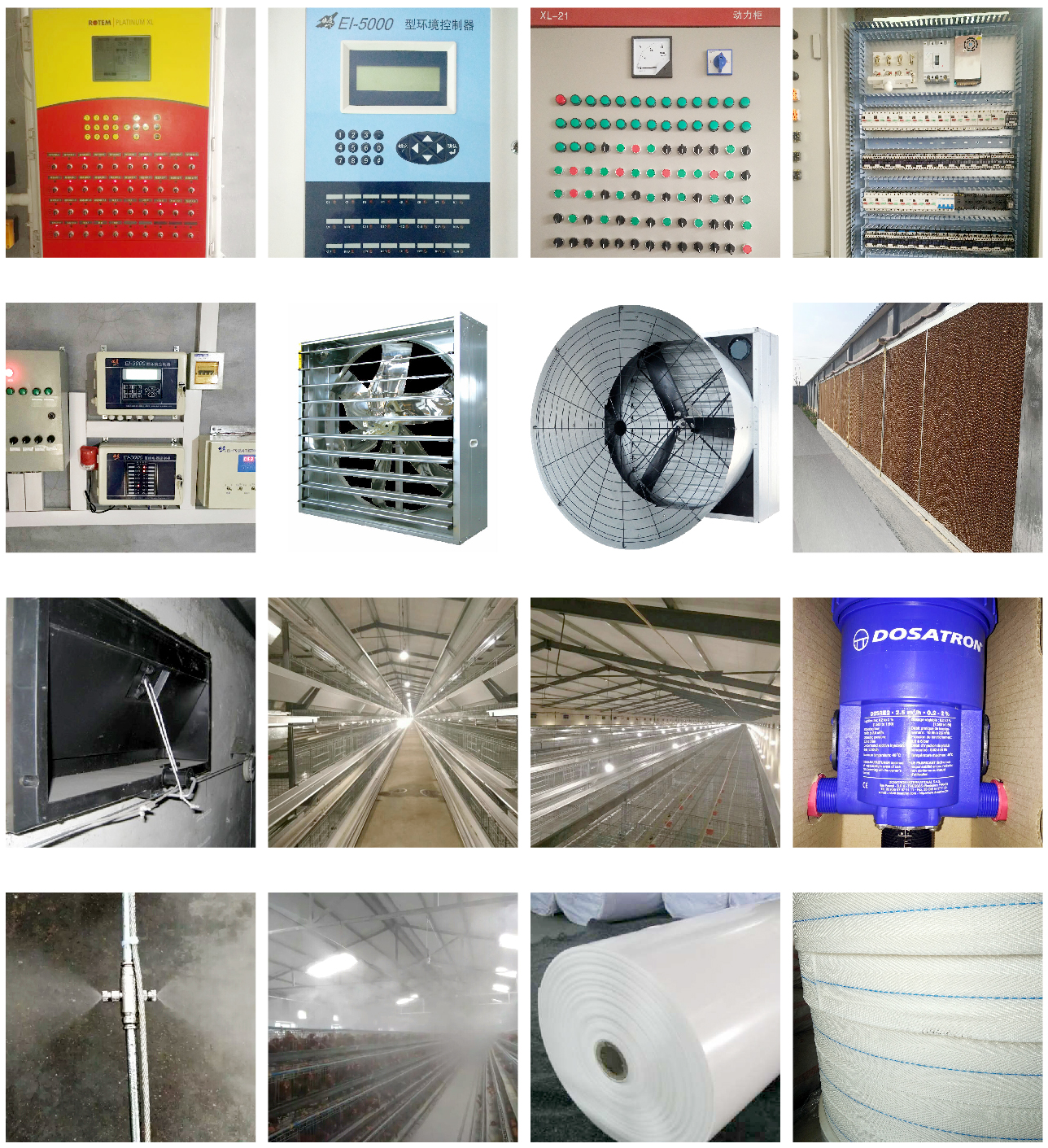
Complete Set of Equipment for Organic Fermentation Treatment of Manure


 Catalogue
Catalogue






























 WhatsApp
WhatsApp Téléphone
Téléphone